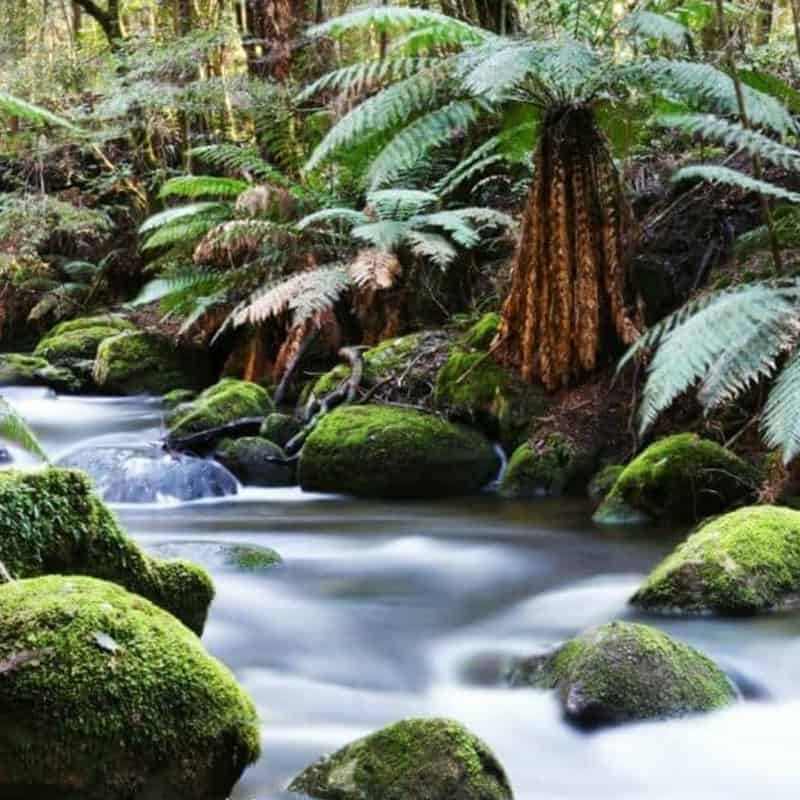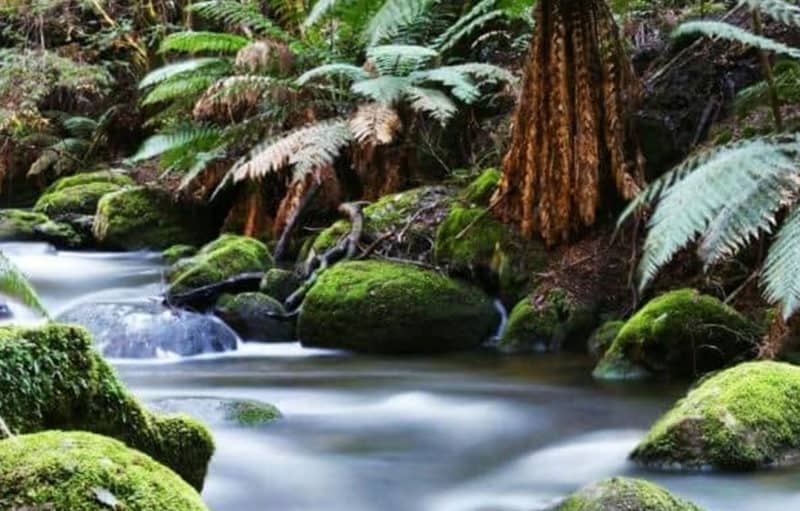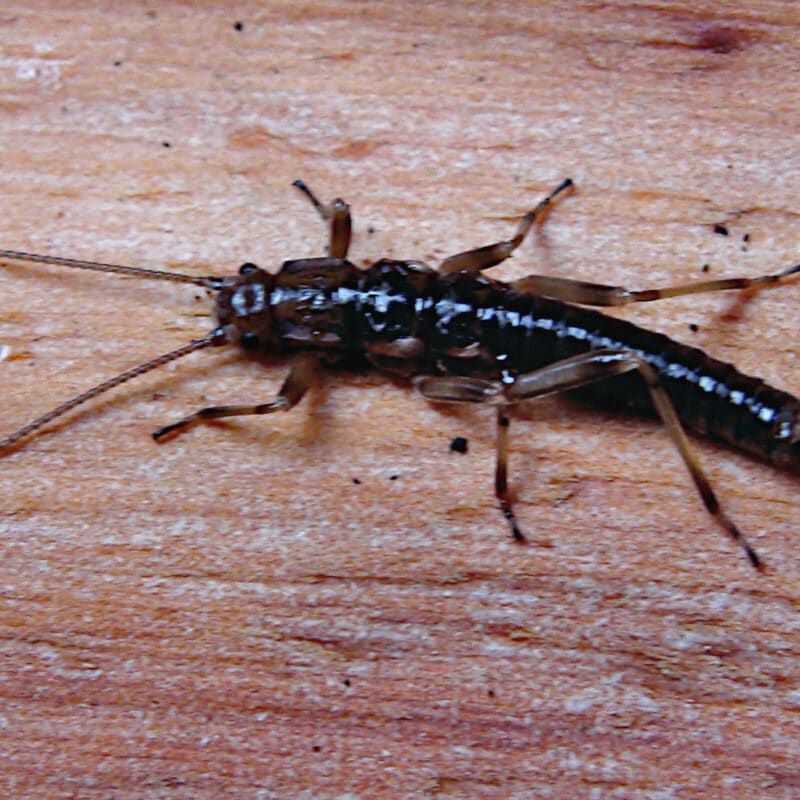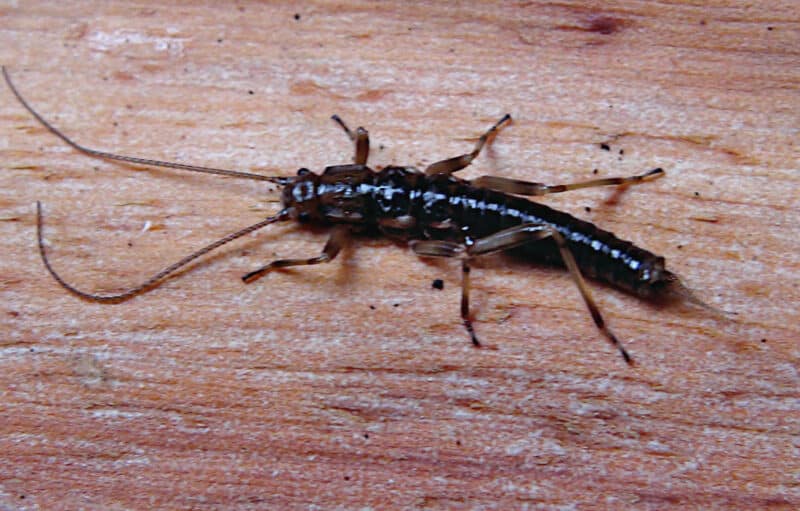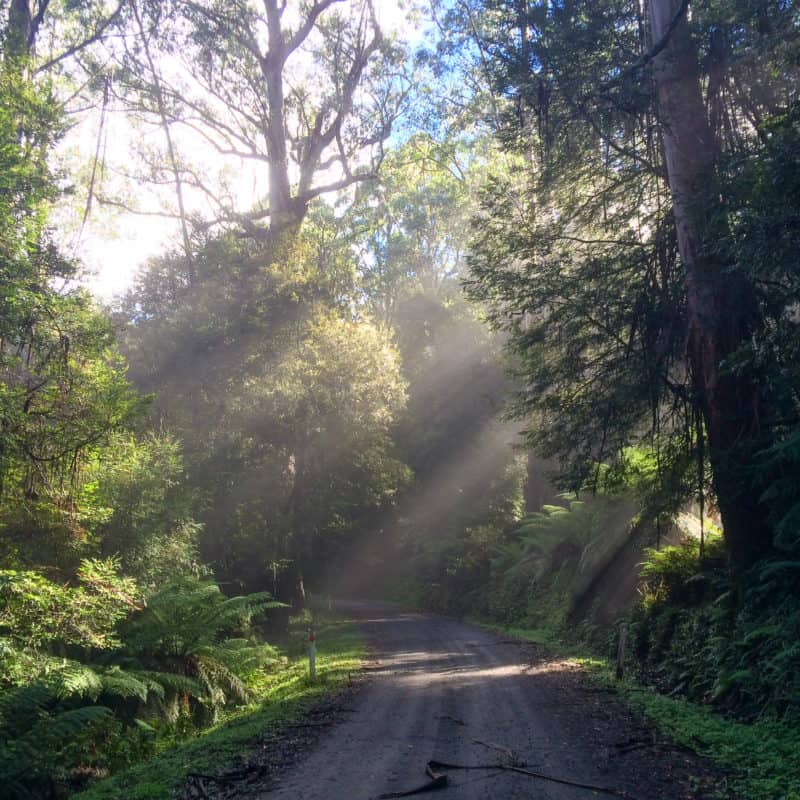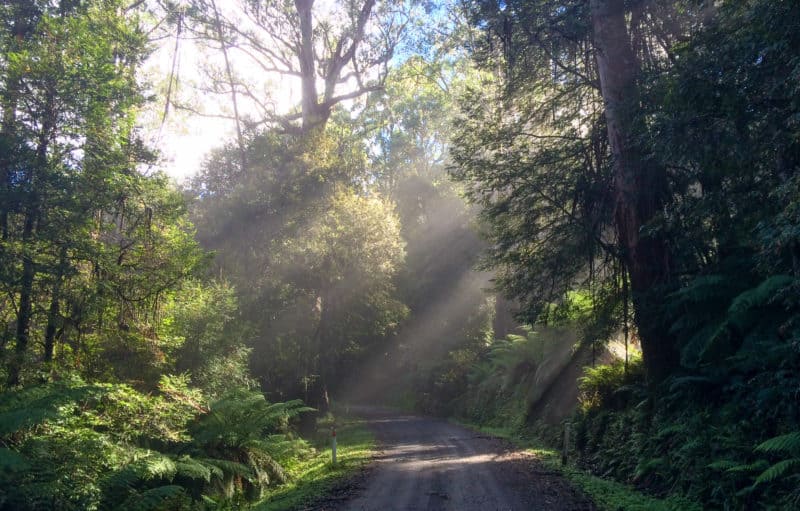Minister: Use our nature laws to protect rare Stonefly
Ask your State Environment Minister and the Scientific Advisory Committee’s Secretariat to give the Wingless Stonefly and its home the protection it needs to survive.
Our existing laws are very limited. They don’t always put the integrity of the living web of nature we depend on first. Too often they prioritise industry and development.
It’s been 35 years since the introduction of the Flora and Fauna Guarantee Act, 1988. The Act’s main goal is to “guarantee” that Victoria’s native plants and animals persist in the wild, indefinitely. Despite these laws, Victoria has let over 2000 of our native plants, animals and habitats become endangered. A confounding 559 of those teeter on the brink of extinction.
How did this happen? Nature laws are only as good as the money and political will spent on carrying them out.
Recently one tiny critter revealed some key flaws in our nature laws. Its name is the Mount Donna Buang Wingless Stonefly.
During our efforts to stop bike tracks being built near Stonefly habitat in the Yarra Ranges National Park we learnt something significant. It turns out even national park status can’t guarantee the safety of our most threatened wildlife.
Ask your State Environment Minister and the Scientific Advisory Committee’s Secretariat to give the Wingless Stonefly and its home the protection it needs to survive.
Ask your State Environment Minister and the Scientific Advisory Committee’s Secretariat to give the Wingless Stonefly and its home the protection it needs to survive.
The Mount Donna Buang Wingless Stonefly is one of over two thousand threatened plants, animals and habitats listed in Victoria. It’s time our political leaders started using the legal conservation tools available to them.
One of those tools is called the Critical Habitat Determination (CHD). Refreshed by the Andrews’ Government in 2019, this tool makes it possible to protect specific ‘critical’ areas that are essential to the survival of threatened plants, animals and communities.
Until now it’s been completely neglected, and we are yet to see its full powers in play. Hopefully that will soon change.
If an area is found to be critical habitat, the environment minister must also consider whether a Habitat Conservation Order (HCO) should be created. HCOs give these areas an even higher level of protection. They trump the planning scheme and give the secretary the power to suspend inappropriate activities and approvals that don’t align with the order.
But to date, just one (quickly withdrawn) critical habitat determination has been made under the FFG Act by our environment department in three decades.
The Stonefly is only found in seasonal streams and weak trickles of melted snow high on Mount Donna Buang. With such a tiny range, any change to its habitat spells doom. We’ve applied for this little critter to be safeguarded by this little-known and never-used legal tool.
If approved, this would be a game-changer for the future of the Mount Donna Buang Stonefly and could set a major precedent for the protection of threatened wildlife.
